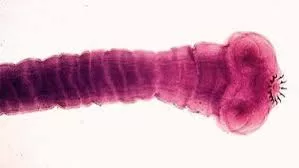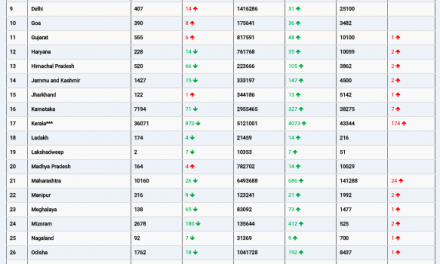The recent positive scientific opinion of arPraziquantel (a child-friendly praziquantel formulation by the Pediatric Praziquantel Consortium) by the European Medicines Agency (EMA) marks a critical step forward in making this life-saving treatment accessible to children under 5 years.
Efforts are now underway to prepare for the widespread availability of this pediatric formulation. The WHO’s Department of Control of Neglected Tropical Diseases has issued guidelines recommending the inclusion of young children in preventive treatment programs. Furthermore, initiatives like the Global Accelerator for Paediatric Formulations Network (GAP-f) are working to speed up the development and introduction of child-appropriate medications.
Initiatives such as the Uniting Efforts for Innovation, the UNDP-led Access and Delivery Partnership (ADP), including significant contributions from the Government of Japan, and the GHIT Fund, represent a global collaboration, focusing on enhancing health technology availability in low- and middle-income countries. This partnership underscores the commitment to achieving universal health coverage and addressing unmet health needs through innovation.
On a national level, the Pediatric Praziquantel Consortium’s ADOPT program is actively engaging with countries like Côte d’Ivoire, Kenya, and Uganda to prepare for the drug’s delivery. Similarly, the ADP’s collaboration with Tanzania focuses on planning and preparing for the introduction of pediatric praziquantel through initiatives like the STEPPS project, aiming for an effective and integrated rollout of this crucial medication.
ESPEN has estimated that about 24 million preschool-age children require preventive chemotherapy in the WHO Africa region alone. Representing WHO/AFRO -ESPEN at the Partners Consultation: Preparing for the introduction of pediatric praziquantel 1-2 February 2024, Dr. Pauline Mwinzi presented the role ESPEN is playing in coordinating Schistosomiasis data analysis in the African region to estimate and provide projections for paediatric populations needing preventive chemotherapy, and medicine quantities needed. She further presented the utility of WHO data tools, the schistosomiasis community data analysis tool, and the joint application package (JAP), in supporting countries with planning and implementation. During the meeting participants drawn from various sectors discussed regulatory approvals, financing and procurement, safety monitoring, community engagement delivery models, and sharing experiences and best practices.
These efforts collectively highlight the global commitment to eliminating schistosomiasis as a public health threat, demonstrating a unified approach to overcoming one of the world’s most challenging parasitic diseases.
Access to praziquantel, the only available drug for preventive chemotherapy for schistosomiasis continues to be inadequate to cover the over 240 million individuals across 41 countries in the Africa region that require preventive chemotherapy. While medicine donation is available for school-age children, a significant gap for the treatment of adults, women of childbearing age, and preschool children remains. Importantly, arPraziquantel will not be donated. Therefore, it is important to ensure access to this medicine by working with potential donors and health ministries in endemic countries and making it available gratis for treatment of affected children. The World Health Organization (WHO) has set ambitious goals for the next decade, aiming to eliminate schistosomiasis as a public health issue by 2030. To reach this milestone, WHO emphasizes the importance of treating entire communities at risk, including young children from the age of 2 years.












